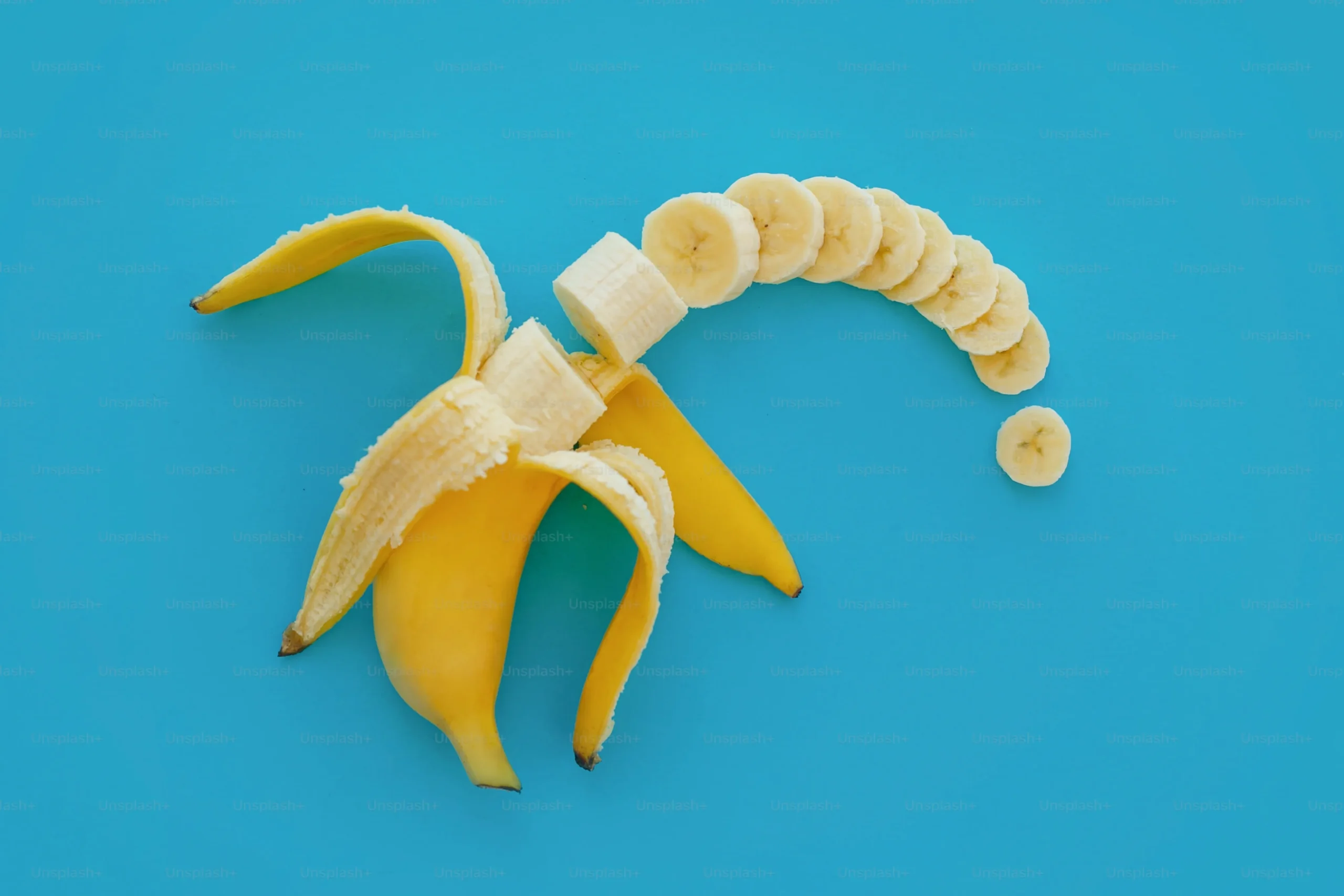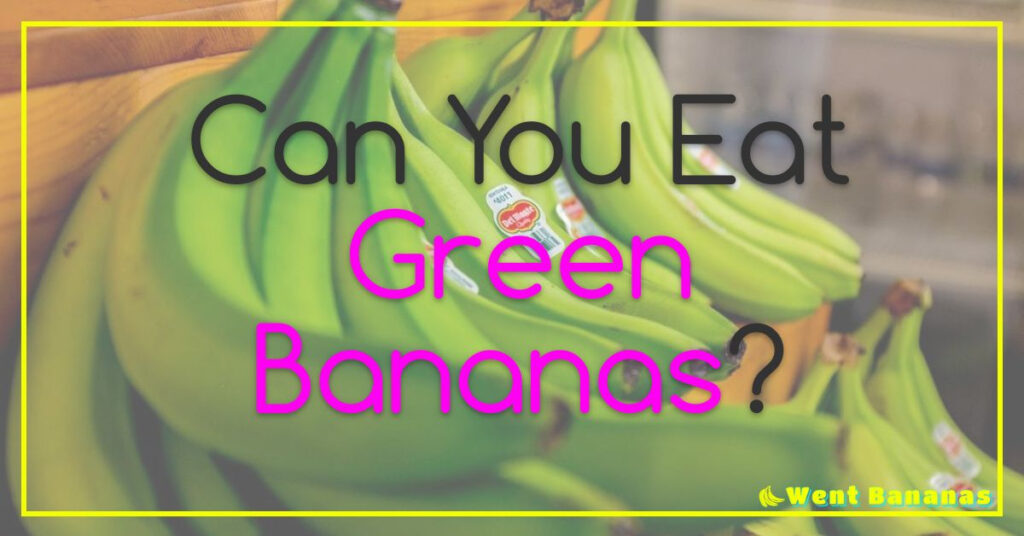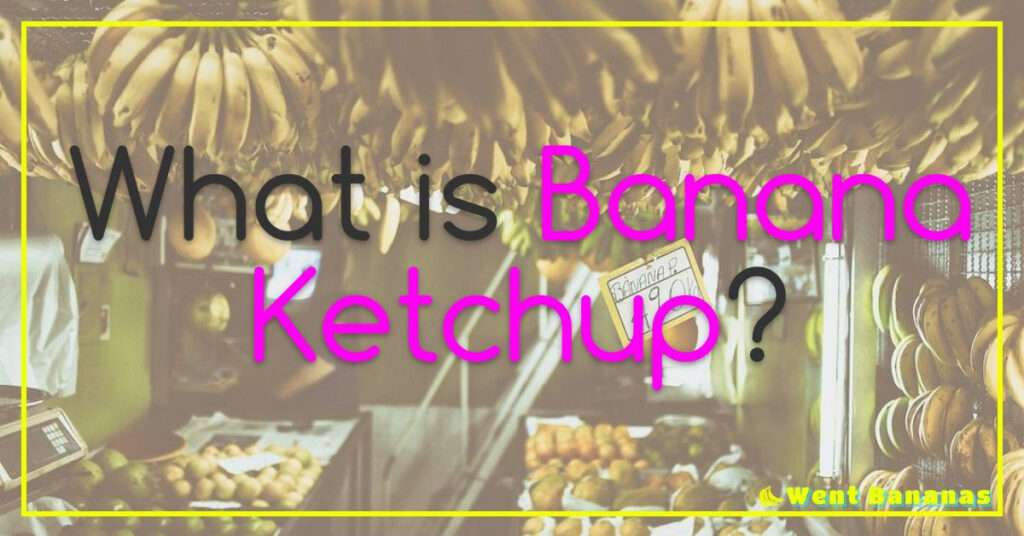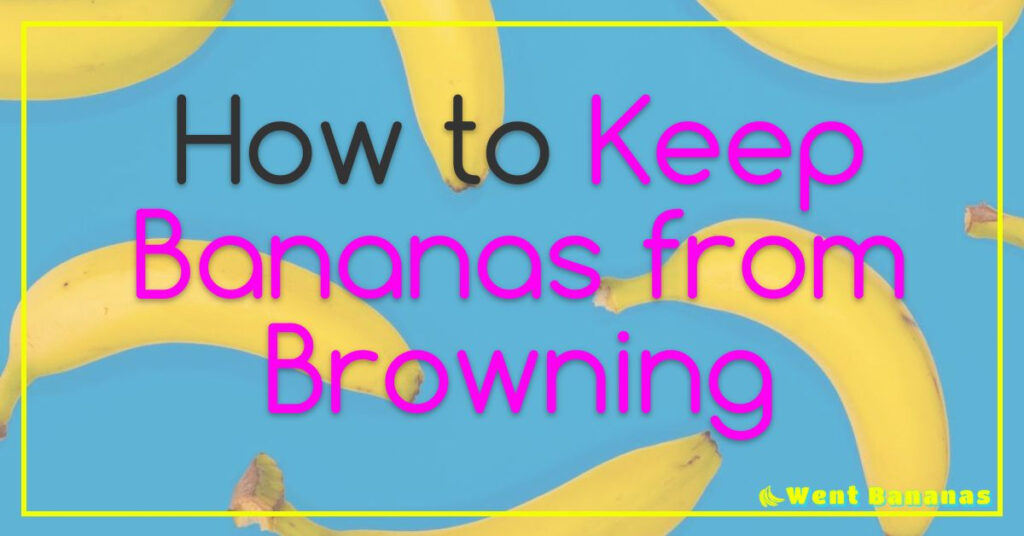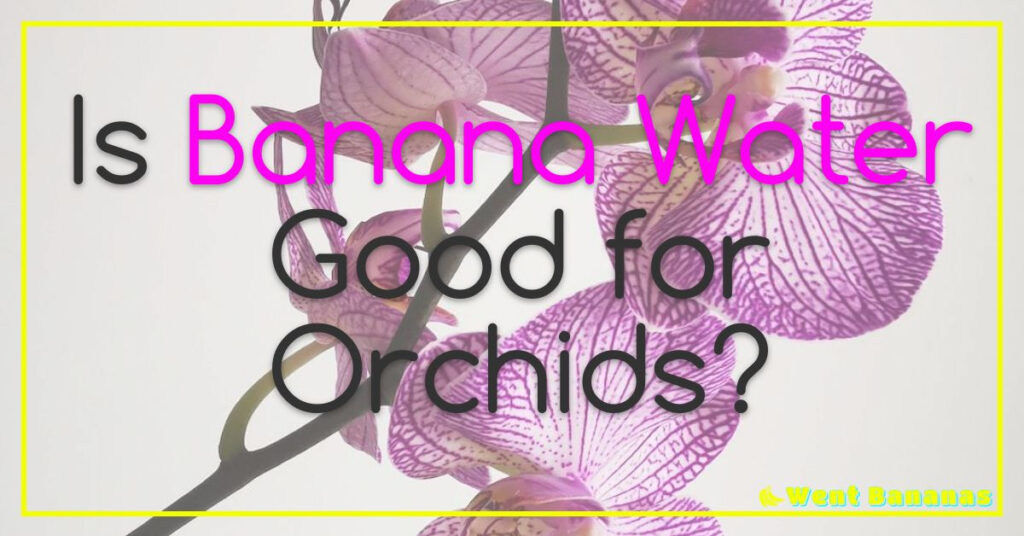The Fascinating Science Behind Why Bananas Don’t Have Seeds: A Complete Guide
Bananas are a staple in many people’s diets, but have you ever wondered why they don’t have seeds? In this article, we will delve into the fascinating history of bananas and their seedlessness, the science behind this unique characteristic, and the different varieties of bananas that exist. Whether you are a banana fanatic or simply curious about this delicious fruit, this article will inform and intrigue you with its insights. Keep reading to learn more!
The history of bananas and why they are seedless.
Bananas have a long and fascinating history, and one of the most interesting aspects of this fruit is its seedlessness. Unlike many other fruits that require seeds to reproduce, bananas have evolved to be sterile due to a genetic mutation.
This mutation occurred thousands of years ago in Southeast Asia, where the wild ancestors of modern bananas grow. Over time, humans began cultivating these plants for their edible fruits, selecting for traits like size and sweetness. Through selective breeding, they inadvertently amplified the seedless trait until it became dominant.

This process was likely helped along by the fact that bananas are propagated through vegetative reproduction rather than seeds. When a banana plant produces fruit, it also produces clones of itself called suckers or pups. These can be transplanted to create new banana plants with identical genetics.
The lack of seeds in bananas has both advantages and disadvantages for farmers and consumers alike. On one hand, it makes them easier to eat and process since there are no hard or bitter seeds to deal with. It also means that every banana you eat today is genetically identical to every other banana you’ve ever eaten – a level of uniformity that’s rare in nature.
On the other hand, this lack of genetic diversity makes modern commercial banana crops vulnerable to diseases like Panama disease and black Sigatoka fungus. If a disease were to wipe out one strain of bananas completely – as happened with the Gros Michel variety in the 1950s – there would be little genetic variation left for farmers to turn to.
In conclusion, while seedlessness may seem like an unusual trait for a fruit species, it has played an important role in shaping the history and biology of bananas as we know
The science behind the seedlessness of bananas is fascinating.
The seedlessness of bananas may seem like a mystery, but it actually has a scientific explanation. Bananas are classified as parthenocarpic fruits, meaning they can develop without fertilization. This is due to the fact that bananas possess three sets of chromosomes instead of the normal two sets found in most plants.
This special genetic makeup allows the banana plant to produce fruit without pollination or seeds, making it easier for farmers to cultivate and harvest. In fact, commercial bananas are all clones of each other – they are genetically identical.
However, this lack of genetic diversity poses a risk for disease outbreaks that could wipe out entire crops. Scientists are currently working on developing new varieties of bananas that can resist diseases and pests while still maintaining their seedlessness.
So next time you bite into a deliciously sweet banana, remember that its unique genetics and parthenocarpy make it possible for us to enjoy this fruit without any pesky seeds getting in the way.
The different varieties of bananas and their seedlessnesses.
Bananas are a fascinating fruit that have been enjoyed by humans for thousands of years. One of the most interesting aspects of bananas is their lack of seeds, which sets them apart from other fruits. But how come bananas don’t have seeds?
The answer lies in the different varieties of bananas that exist. While some wild varieties do contain seeds, the majority of bananas consumed today are seedless due to selective breeding.

One variety known as the Cavendish banana, which is commonly found in grocery stores around the world, was specifically bred to be seedless for ease of consumption and transportation.
Other varieties like plantains and red bananas also exist, each with their own unique flavor profiles and physical characteristics. While these varieties may contain small black seeds throughout the fruit, they are generally not eaten and do not affect the overall taste or texture.
In addition to selective breeding, modern farming practices such as tissue culture propagation also help ensure that banana plants remain seedless. By cloning healthy plants instead of relying on seed germination, farmers can produce consistent crops year after year.
Overall, while it may seem strange that such a popular fruit lacks seeds, it is simply a result of human intervention through selective breeding and modern farming techniques. The different varieties offer a range of flavors and textures for consumers to enjoy without having to worry about pesky seeds getting in the way.
Check out our other articles to find out even more about banana.
If you want to learn more about the fascinating history and science of bananas, what makes them so seedless, and the various varieties available around the world, this article is a great place to start. Check out our other articles to find out even more about banana!


